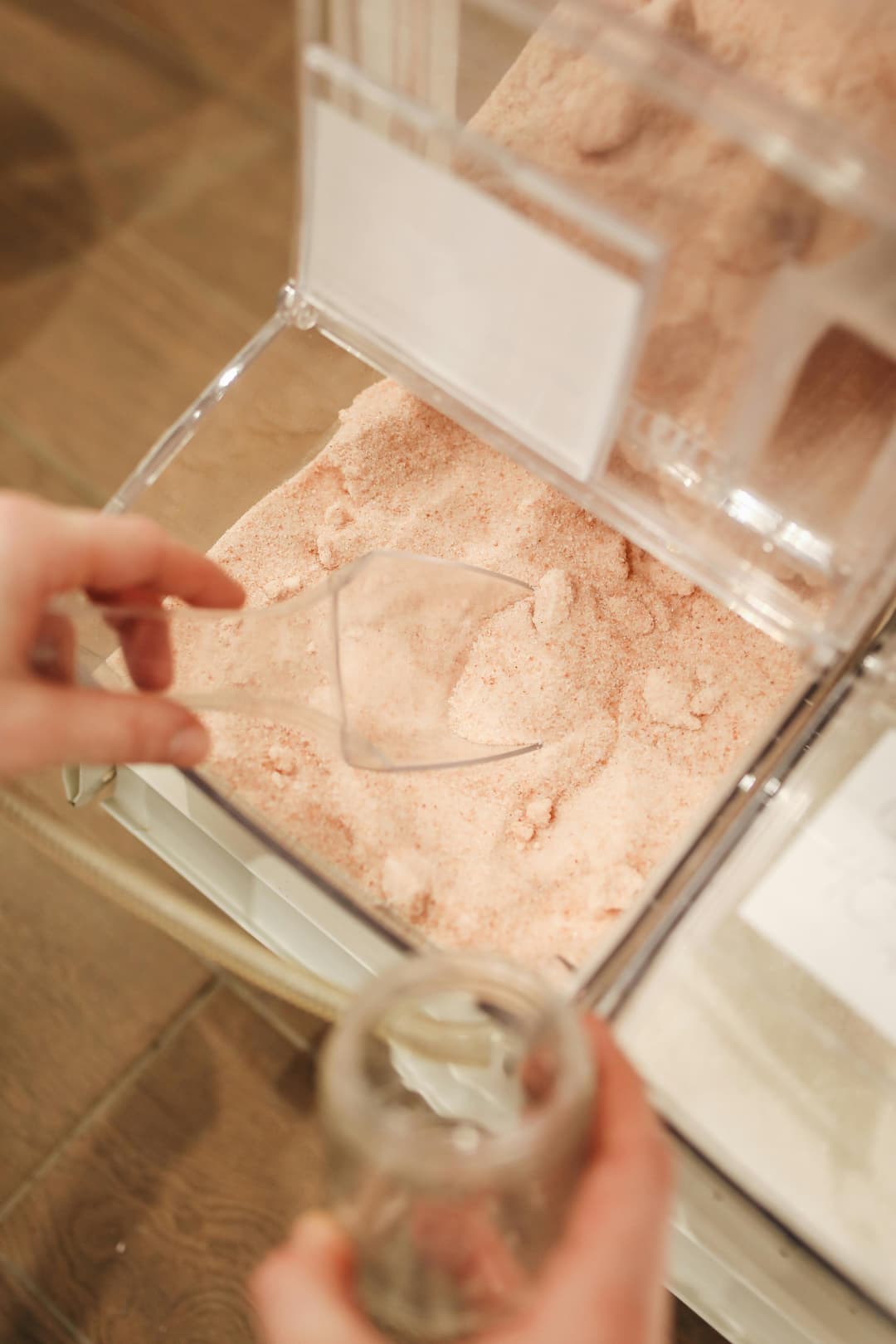From Ocean to Table: The New Face of Salt
Salt has been in our kitchens for ages, but it’s getting a major glow-up. What used to be a simple pantry staple is now a canvas for innovation, storytelling and luxury. From hand-harvested sea salt to Himalayan rock crystals and micro-batch smoky blends, the salt market is moving fast. And it’s not just about flavor—today’s salt is about place, process and purpose.

200+ buyers trust Torg for sourcing


Sea, Rock and Innovation: What’s driving the Salt Market Today
Salt comes in more forms than you realize. Beyond your everyday table salt, there’s:
- Sea salt, harvested from evaporated seawater
- Rock salt, mined from ancient salt deposits (like Himalayan pink salt. See more Himalayan pink salt suppliers here.)
- Flake salt, loved by chefs for its texture
- Smoked and infused salts, for added aroma and flavor
Today's consumers are grabbing these alternatives not just for flavor but for the experience. With cooking shows, social media food trends, and wellness influencers all contributing, salt has become a background player turned flavor MVP. And because of a new emphasis on ingredients that taste authentic and less processed, natural salts are trending.

The Rise of Artisan Salt Producers: Svl Batches, Big Flavor
There's a new generation of small-batch salt producers emerging globally. These salt producers tend to operate close to shorelines where the salt can be naturally collected, such as near the Adriatic Sea, Brittany, or the Pacific Northwest.
Most of these makers employ traditional techniques, imagine sun drying, hand raking, and low-key processing to evoke distinct textures and mineral flavors. Some even add regional botanicals or smoke their salts over indigenous woods, imparting flavor profiles associated with a given region.
This focus on craft and location is enabling small producers to gain traction, particularly as ever more consumers are open to shelling out a little extra for quality and authenticity.
Branding Strategies for Craft Producers
For artisanal salt brands, tales are paramount. Packaging now features harvest sites, heritage methods, and even the names of sea salt suppliers. Aesthetics also play a huge part—simple glass jars, cork caps, and muddier color schemes tend to substitute for mass-produced shakers.
Packaging is created to express not only what's contained within, but a way of life: clean, natural, aspirational. These signals enable manufacturers to position salt as something beyond an ingredient—it becomes a gourmet gift, a foodie's delight, or a health-conscious option.

How Independent Makers Are Affecting Pricing and Positioning
Industrial salt is inexpensive. But handcrafted salts with tiny harvests and labor-intensive production sell for much, much more, sometimes as much as 20 times the price. That transformation is changing how retailers approach salt in the bin.
Artisan salts now share the shelf space alongside high-end olive oils, balsamic vinegars, and spice blends. They're featured in carefully selected food experiences, not mere commodities. Small-batch producers are demonstrating that salt can be luxury, high-end, and niche.
Exporting Artisan Salt: What the Buyers Are Searching For
To buyers and distributors, the appeal of artisan salts is increasing. What they increasingly look for are:
- Traceability: Where did the salt originate, and how is it produced?
- Certifications: Organic, sustainable harvest practices, or clean-label guarantees
- Shelf appeal: Attractive, functional packaging that looks good in a photo
- Flavor innovation: Smoked, spiced, or regionally inspired combinations
Export success also relies on a clear story. Importers want something they can sell not only on taste, but on distinctiveness, particularly in dense gourmet markets.

Salt in the Limelight: From Health Enemy to Vital Mineral
Salt's had a rough stretch in the world of health. For decades, it was vilified as the heart health enemy, the cause of elevated blood pressure and water retention. But the discussion is shifting.
Experts today stress the need for balance. Sodium is a necessary component of the human body, aiding in fluid regulation, nerve function, and muscle contractions. The issue isn't salt, but rather the amount that is ingested through processed foods.
Low-Sodium Innovations and Substitutes
With increasing awareness, food companies are looking at smarter means to control sodium levels without compromising taste. Some incorporate potassium chloride as a salt replacement. Others are blending in herbs, citrus zest, or umami-rich elements to add flavor while reducing sodium.
This innovation is particularly critical in snacks, ready meals, and healthy products. Companies that succeed in cutting sodium without sacrificing taste have a clear advantage in a saturated marketplace.

Educating Consumers: Natural vs. Processed Salt
One of the greatest opportunities for the salt industry is educating consumers. All salts are not the same. Highly processed table salt is sometimes devoid of its minerals and can contain additives or anti-caking agents. Natural salts, by contrast, are lightly processed and frequently full of trace minerals such as magnesium, calcium, and potassium.
Increasingly, other brands are being communicated through blogging, social networking, and package labeling. Facilitating consumers in learning why natural salt is important can enhance credibility and loyalty.
Functional Food Brands: A New Narrative for Salt
Wellness and functional food brands will play a substantial part in rediscovering salt in a new image. Whether as an electrolyte-dense rehydration drink mix or a mineral-fortified bone broth beefed up with mineral-dense salt, salt can be redone in some wonderful ways to make it more of a friendly, health-synergizing ingredient.
Value-added salt foods come into their own here, for example, sea salt mixes featuring magnesium, flavors infused with additional antioxidants, and athlete recovery salts.

The Fresh Herb Salt Company
Company Name: The Fresh Herb Salt Company
Headquarters: United Kingdom
Core Products: Fresh herb sea salt blends
The Fresh Herb Salt Company delivers a true taste of the Mediterranean, inspired by traditional Italian techniques. They blend fresh herbs like rosemary, basil, sage, garlic, and bay with pure sea salt to create flavorful, aromatic seasonings that stay fresh for months without the need for preservatives or additives.
Each batch is made to order using ethically sourced ingredients and packed in reusable glass jars. Their variety includes favorites like Chilli Parsley and Garlic, Dill Lemon and Garlic, and Herbes de Provence. These versatile blends are perfect for everything from roast meats and vegetables to stews and sauces.
Sustainability is at the heart of their process, with refill pouches and recycled packaging designed to reduce waste. It is a flavorful, eco-friendly staple that adds a burst of freshness to any dish.
Request a Bulk Order Quote
Simple ordering, transparent pricing, delivered straight to your door

